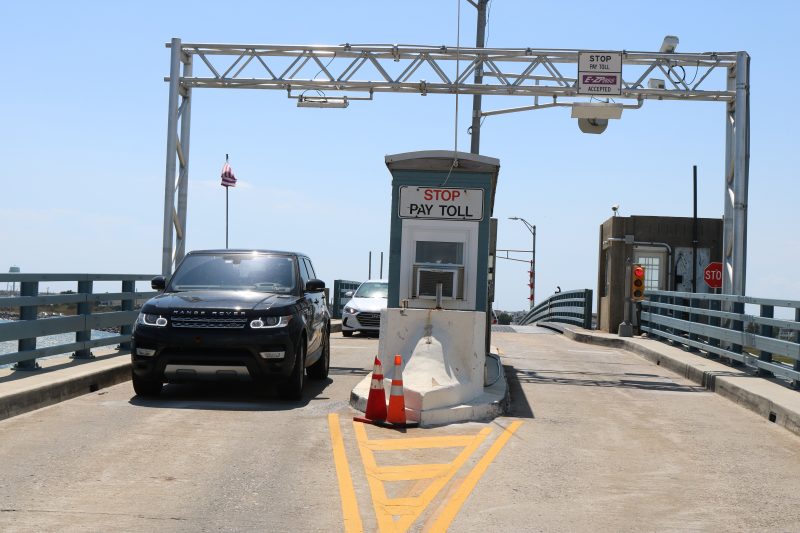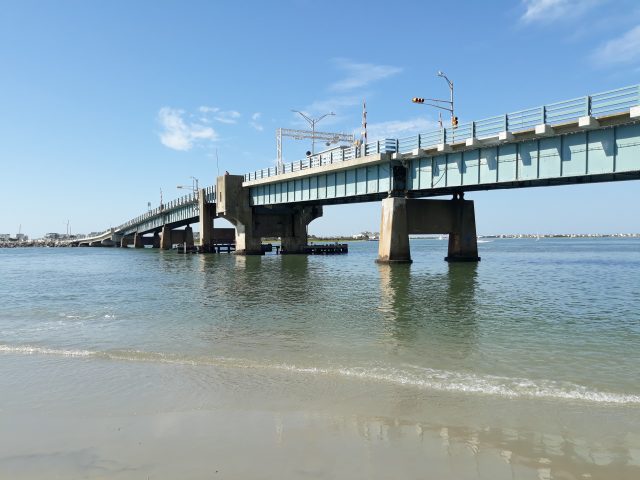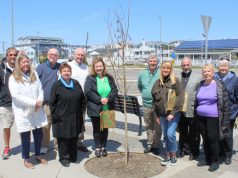By DONALD WITTKOWSKI
The agency that oversees the five toll bridges connecting Cape May County’s seashore towns along the Ocean Drive approved a 2021 operating budget Thursday that does not include a fare increase for motorists.
The Cape May County Bridge Commission has discussed the possibility of raising the $1.50 toll off and on for the past three years, but has held the line so far.
In the past, the commission has indicated that a toll increase will be required at some point to help Cape May County finance a major capital construction program, including the possible replacement of the aging Townsends Inlet and Middle Thorofare bridges.
However, Karen Coughlin, the commission’s executive director, explained during the monthly board meeting Thursday that the agency has not had any discussions recently about raising tolls for 2021 because of the coronavirus pandemic.
“We haven’t discussed it. Obviously, we’re trying to get through the COVID pandemic,” Coughlin said.
She added that any talks about a toll increase have been “put on hold” because of the economic challenges created by the pandemic.
The nearly $3.9 million operating budget approved Thursday estimates a total of $2.9 million in toll revenue in 2021 from the operation of the Ocean City-Longport Bridge, Townsends Inlet Bridge, Corsons Inlet Bridge, Middle Thorofare Bridge and Grassy Sound Bridge.
Bonds from Cape May County will also be part of the budget’s funding to help the commission pay off its debt service.

So for now, bridge tolls will remain $1.50. Tolls have not been raised since 2009, although the commission announced plans for a fare hike in 2017 to help pay for the introduction of the E-ZPass automated toll collection system on the bridges.
It later backed off raising tolls in 2017, after deciding that a fare increase during the summer tourism rush would have been complicated and confusing for motorists.
Under the proposed 2017 toll hike, the bridge commission had wanted to structure it in a way so that year-round residents would not carry the burden of the increase.
There would have been a $1 increase in effect from Memorial Day to Columbus Day to coincide with the summer tourism season. A 50-cent toll increase would have occurred during the off-season. However, those plans remain in limbo.
Motorists have the option of paying their tolls with E-ZPass, with cash or with discount tickets. The commission stopped selling discount tickets in 2018, but motorists are still allowed to use them if they have any left over from previous years because they have no expiration date.
The most recent statistics indicate that motorists have been embracing E-ZPass. On average, 82.5 percent of the bridge traffic used E-ZPass in September, compared to 77 percent during the same month last year, Coughlin said.
Total revenue for all five bridges was $370,232 in September, an increase of $42,856 compared to the same month last year.








